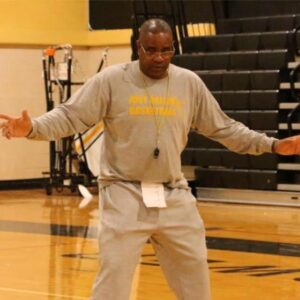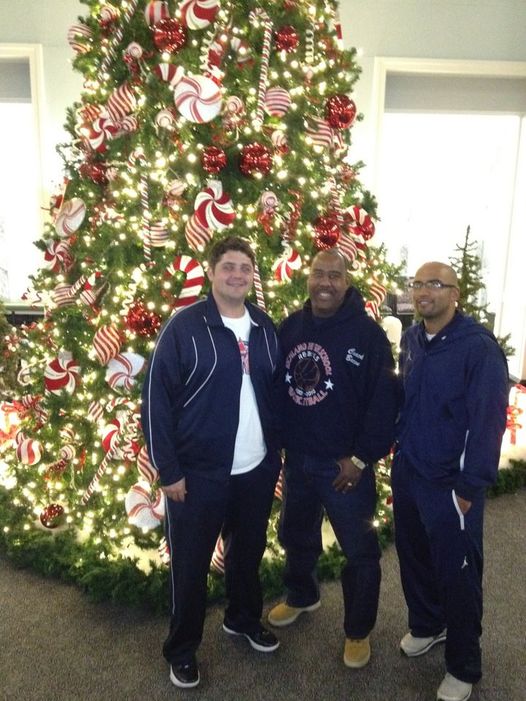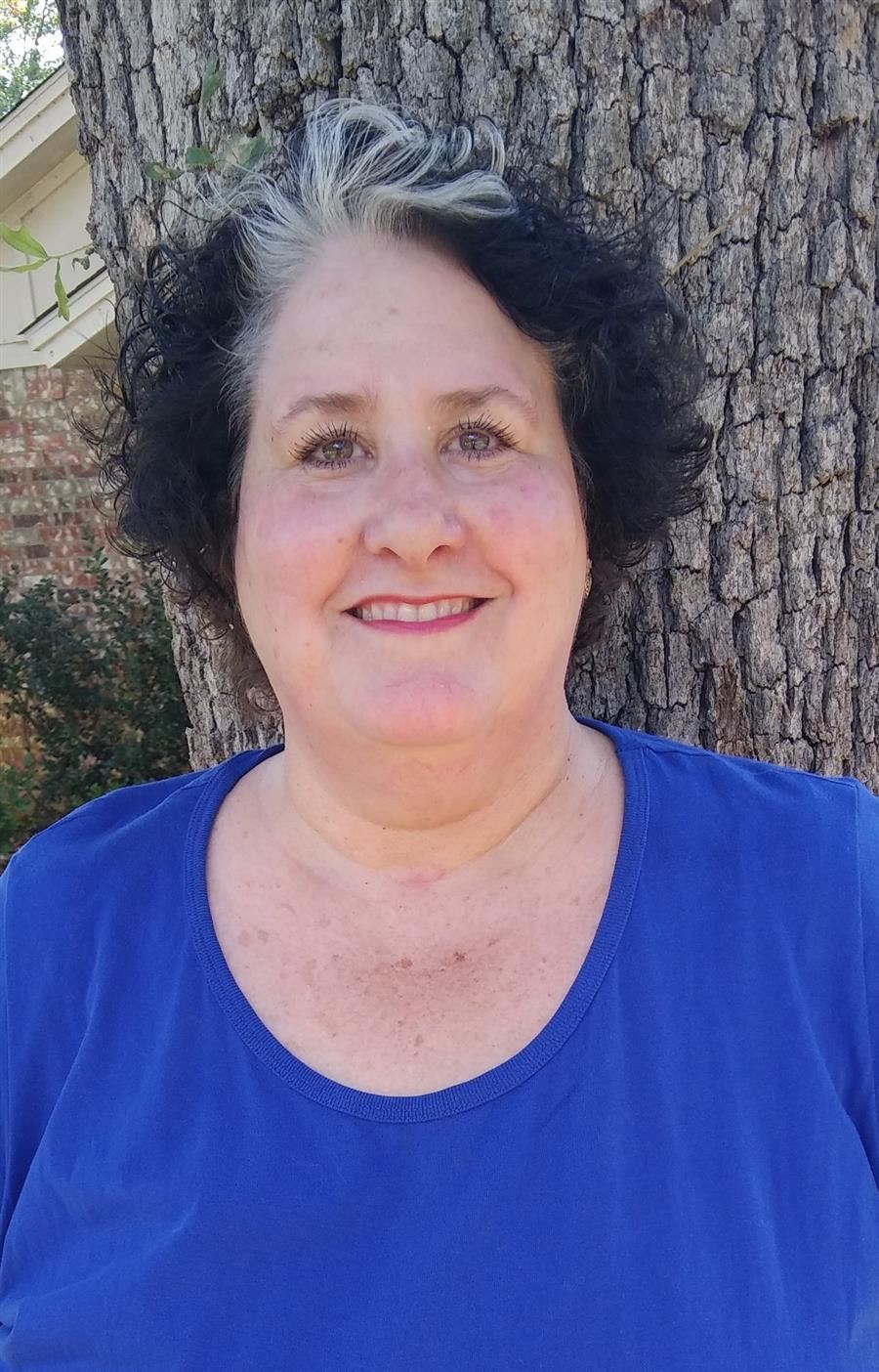Fear paralyzes us. Its jagged edges pierce deep into our soul, shredding the delicate threads of empathy, compassion, and kindness that bind us. As it plunges deeper and deeper, it deposits layer upon layer of hatred, suspicion, and division. It’s easy to think that fear is doing something new in our current climate. But over the course of history, fear has been used to justify so many atrocities. From war, to oppression, to subjugation – our propensity to buy into false narratives – stoked by fear leaves us wounded, paralyzed, and divided.
Fear and The Brain
Those who deal in fear know exactly what they’re doing. Fear sells. It motivates (albeit so many times for the wrong reasons). Fear raises money. Our brains are ripe to be played over and over again by swindlers willing to play the hand of fear.
Our amygdala is a small, almond-shaped structure in the brain that plays a critical role in how we process fear and emotion. It’s responsible for activating our body’s fight-or-flight response when there’s a perceived threat. While this can, most definitely, be beneficial in certain situations, like avoiding danger, it can also hamper our ability to learn or think rationally.
When the amygdala is activated, it can override the prefrontal cortex, which is responsible for our decision-making and rational thinking. Once the amygdala is hijacked, impulsivity and irrational behavior are soon to follow. And this hinders our ability to think critically, learn, and make informed decisions. We literally have a bunch of folks walking around each day with hijacked amygdalas – and those who wield the power of fear love it!
Many politicians understand this, all too well. They hope to keep people afraid of something. At every turn, they bring forth another bogeyman to fear. And, all the while, they offer no real solutions to those who are afraid. An endless cycle – craft a monster, repeat how dangerous the monster is, argue, grandstand, divide, do nothing, and laugh all the way to the bank. It’s exhausting and I know it can lead to apathy and hopelessness.
However, I encourage us all to lean into the understanding that while these may seem like the darkest, most divisive of days – all hope is not lost. As with most things that plague our society, we must understand the historical context of fear and learn from past moments where we allowed it to consume our values, morals, and ideals for our great country.
Those Who Don’t Know Their History
Throughout our history, fear has been used as a tool to divide people and maintain control. From the earliest days of colonization, fear was used to subjugate and brutalize Indigenous Peoples, justifying the violent conquest of their lands and resources. Enslavers also recognized the power of fear in maintaining their control over enslaved people, relying on brutal punishments and the threat of violence to instill fear and prevent rebellion. Fear was also used to divide and conquer the enslaved population, creating a climate of mistrust and suspicion that lasted for generations.
In the 20th century, fear was used to strip Japanese Americans of their rights and force them into internment camps, based solely on the bigotry and fear-mongering of those in power. Similarly, fear of communism was used to justify McCarthyism and the persecution of anyone suspected of being a communist sympathizer, creating a culture of suspicion and paranoia that tore families and communities apart. Throughout history, fear has been weaponized to justify some of the most heinous violations of civil liberties, betraying the very principles of freedom and justice that America is supposed to stand for.
Fear-Based Politics Today
The power of fear is an insidious force that has the ability to divide even the most united of people. Today, politicians and special interest groups have wielded this weapon with ruthless efficiency, using it to turn us against each other and create animosity and distrust.
Politicians demonize their opponents, painting them as enemies of the people or threats to national security. This tactic has become all too common, with both sides of the political aisle resorting to it in an attempt to maintain power. The result has been an ever- widening gulf in American politics. As people become more entrenched in their beliefs they become less willing to listen to opposing viewpoints.
Similarly, interest groups employ this tactic, often by exploiting hot-button issues such as gun control, abortion, LGBTQ+ rights, and red-herrings about public schools. By stoking the embers of fear while demonizing those who hold opposing views, these groups are able to create a rift between people who may have otherwise found common ground.
The consequences for falling for these tactics are dire. It breeds a poisonous environment that devalues cooperation, negotiation, and consensus as weaknesses, instead of recognizing them as necessary tools for us to move forward. This mentality fuels a divisive culture that sees individuals on opposite ends of the political spectrum as adversaries, rather than fellow citizens with diverse and valuable perspectives. Additionally, this approach undermines the bedrock foundations of our democracy, which hinges on the capacity of individuals with differing opinions to unite and develop effective solutions for the challenges confronting our nation.
Overcoming Fear
Here are a few thoughts to help overcome the destructive power of fear-mongering:
- Education: Education is a powerful tool that can help combat fear. By educating ourselves about different cultures, beliefs, and lifestyles, we can overcome our fears, biases, and prejudices.
- Dialogue: Open and honest dialogue is essential for overcoming fear. If we just yell back-and-forth at each other, no one is listening. When we engage in constructive conversations with those who hold different viewpoints, we can build bridges of empathy and understanding.
- Critical consumption of media: The media plays a critical role in shaping public opinion. I urge you to consider the bias of the information you receive. Every piece of information has it. Just consider it. Ask yourself? What is the goal of the person writing or reporting this?
- Leadership: It is essential for leaders in our society to lead by example. Leaders should promote unity and cooperation, rather than division and fear-mongering. This is not as easy as it sounds. It’s actually quite difficult. You must understand that a push for unity and cooperation does not mean you sacrifice your values, integrity, or beliefs. But rather, it means that you’re willing to lead with empathy, realizing that our unique differences actually make us stronger.
- Accountability: We must hold those elected to serve us accountable for creating meaningful change. If they’re simply fearmongering and not putting forth meaningful work to make our lives better we must demand better. Action over rhetoric.
Where Do We Go From Here?
It is time to reject fear-based politics and embrace a more constructive approach. This will not be easy, as evidenced by our troubled history of utilizing fear to create enemies amongst fellow men. But we must endeavor to wade into the troubled waters of our past to learn how to overcome such times.
Disagreement does not make us enemies. Quite the contrary. Disagreement can be a healthy conduit to help us recognize blindspots we may not have once considered. With this enhanced vision perspective we can actively identify and solve societal concerns with each other instead of aimless bickering.
In my heart of hearts, I believe we all want a good life for ourselves, our families, and others. We won’t solve these issues tomorrow or the next day. In all likelihood, we’ll likely never remove fear’s residency in our daily lives. But we can surely reduce it to create a more welcoming and more unified country for us all to live.


